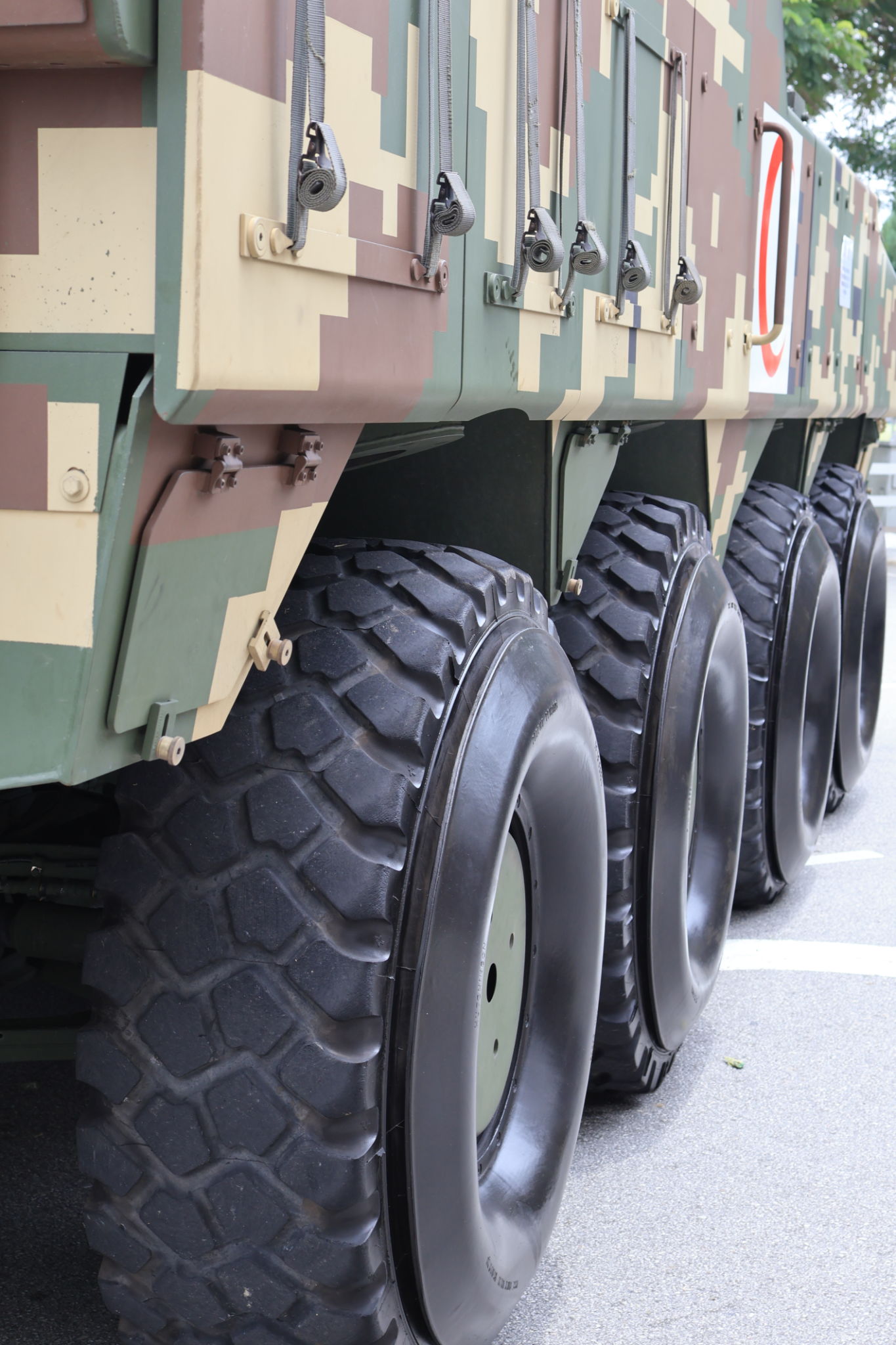Case Study: Enhancing Emergency Response with Customized All-Terrain Ambulances
Introduction to All-Terrain Ambulances
In emergency response, the ability to reach patients quickly and efficiently is paramount. Standard ambulances, while effective in urban environments, often face challenges in remote or rugged terrains. This case study explores how customized all-terrain ambulances are enhancing emergency response capabilities, ensuring timely medical attention in even the most challenging landscapes.
All-terrain ambulances are specifically designed to navigate difficult environments such as rural areas, mountainous regions, and disaster-stricken zones. By modifying standard ambulance vehicles with features like reinforced suspension systems, larger tires, and advanced navigation tools, these ambulances can traverse terrains that would otherwise be inaccessible.

The Need for Customization
Customization is key to the success of all-terrain ambulances. Each terrain presents unique challenges that require specific adaptations. For instance, vehicles operating in snowy regions may need enhanced tire grip and additional heating, while those in desert areas require superior cooling systems and dust protection.
Additionally, ensuring that medical equipment remains stable and functional during rough rides is crucial. Customized interiors with secure mounts for medical devices and efficient storage solutions allow healthcare professionals to perform life-saving procedures on the go.
Case Study: Implementing All-Terrain Solutions
A recent initiative involved equipping a rural healthcare organization with all-terrain ambulances to improve response times in mountainous terrain. These customized vehicles were fitted with advanced GPS systems, improved suspension, and communication tools to ensure seamless coordination with hospitals.

Impact on Emergency Response
The deployment of all-terrain ambulances has significantly reduced the time taken to reach patients in remote areas. In one recorded instance, response times dropped by over 30%, allowing medical teams to provide critical care more swiftly. This improvement has not only enhanced patient outcomes but also boosted the morale and efficiency of emergency responders.
The success of these vehicles underscores the importance of tailored solutions in emergency response. When traditional methods fall short, innovation and customization pave the way for enhanced service delivery.
Challenges and Considerations
While the benefits are clear, implementing all-terrain ambulances is not without challenges. The cost of customization can be substantial, requiring significant initial investment. Additionally, drivers and medical personnel must undergo specialized training to handle these vehicles safely and effectively.

Future Prospects
Looking ahead, the integration of technology such as autonomous navigation and real-time data sharing could further revolutionize the capabilities of all-terrain ambulances. These advancements promise to make emergency response even more efficient, reducing human error and optimizing routes.
As technology continues to evolve, so too will the design and functionality of these crucial vehicles. The future holds exciting possibilities for improving emergency healthcare access worldwide.
Conclusion
The development and deployment of customized all-terrain ambulances represent a significant leap forward in emergency response capabilities. By addressing the unique challenges posed by diverse terrains, these vehicles ensure that no patient is left behind due to geographical constraints. As more regions adopt these innovations, we can expect a new standard in emergency care accessibility and effectiveness.
